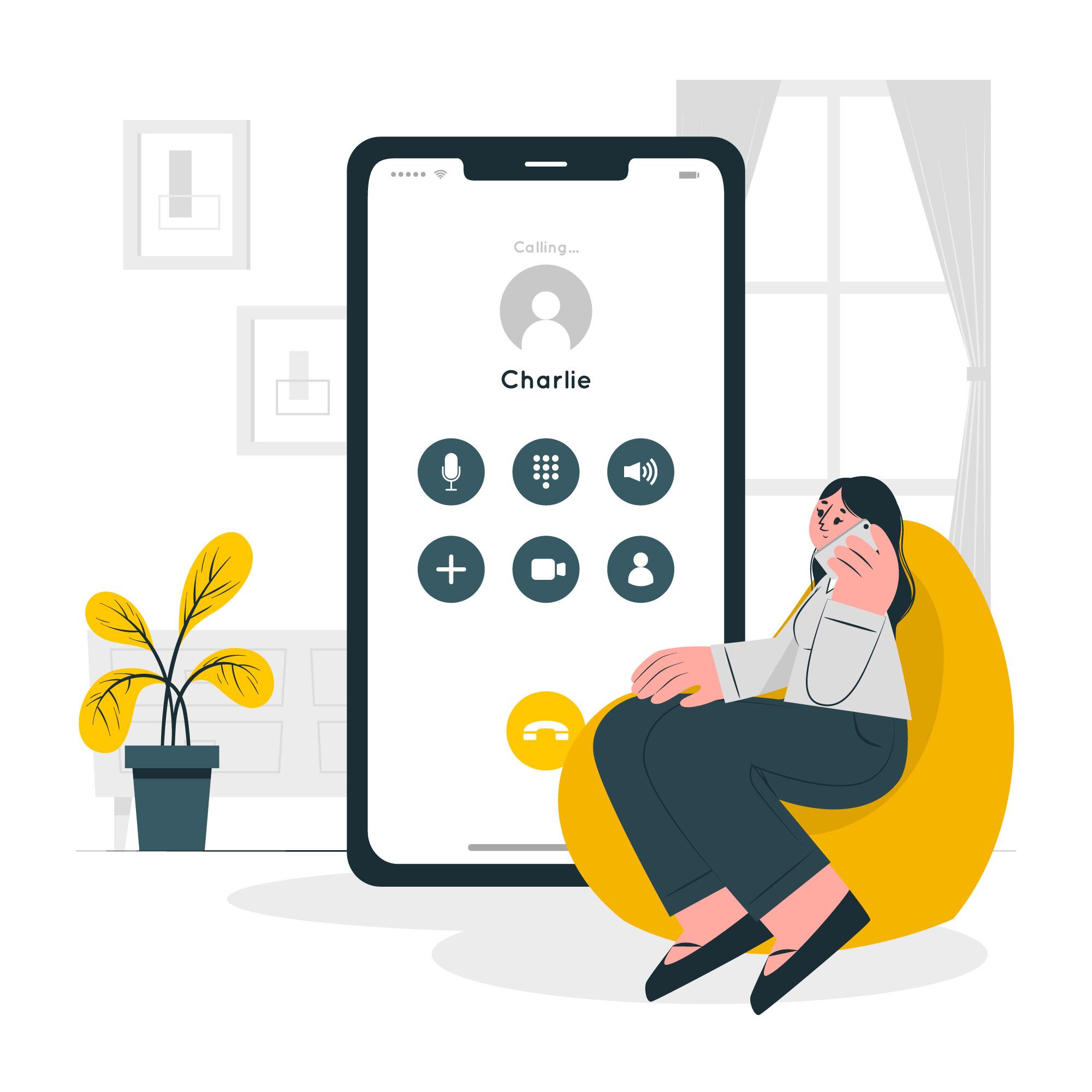🧮French Level 1, Activity 09: Les numéros et les villes / Numbers and Cities (Face-to-Face)
Products: Maps, points of interest, streets and pathways, methods of transportation (mass transportation, cabs, cars)
Practices: Asking for directions, reading maps, understanding location
Perspectives: In France, many people are happy to help give directions on the street, giving and asking for directions is perceived as common in most French towns/cities.
- If a French-speaker asked you for directions in a Francophone city and you didn’t know how to direct them, what advice could you offer?
NCSSFL-ACTFL World Readiness Standards:
- Standard 1.1: Students engage in conversations or correspondence in French to provide and obtain information, express feelings and emotions, and exchange opinions.
- Standard 1.2: Students understand and interpret spoken and written French on a variety of topics.
- Standard 1.3: Students present information, concepts, and ideas in French to an audience of listeners or readers.
- Standard 2.2: Students demonstrate an understanding of the relationship between the products and perspectives of the cultures of the francophone world.
Idaho State Content Standards:
- COMM 1.1: Interact and negotiate meaning (spoken, signed, written conversation) to share information, reactions, feelings, and opinions.
- COMM 2.1: Understand, interpret, and analyze what is heard, read, or viewed on a variety of topics.
- COMM 3.1: Present information, concepts, and ideas to inform, explain, persuade, and narrate on a variety of topics using appropriate media in the target language.
- CLTR 2.1: Analyze the significance of a product (art, music, literature, etc…) in a target culture.
NCSSFL-ACTFL Can-Do Statements:
- I can describe my family members.
- I can identify places on a map.
- I can give out my phone number.
- I can compare and contrast how cities are laid out.
- I can compare and contrast how information such as phone numbers is shared.
Materials Needed:
- Google Slide Presentation
- Map of Paris
Would you like to make changes to the materials? Access the template below:
Warm-up
1. Begin by introducing the Can-Dos for today’s activity. Show the laminated map to the students.
Montrez la carte de Paris aux étudiants.
2. To practice numbers, ask students to identify in which arrondissement certain landmarks of Paris are located.
Afin de pratiquer les chiffres, demandez aux étudiants d’identifier dans quel arrondissement l’attrait touristique est situé.
Par exemple: “Où se trouve le Musée d’Orsay ?
Le Musée d’Orsay est dans le 7ème.
Continue with other landmarks:
Continuez avec d’autres attraits touristiques:
- La Tour Eiffel: 7th
- Le Louvre: 1st
- La Sorbonne: 5th
- Arc de Triomphe : 8th, 16th, 17th
- Sacré Cœur: 18th
- l’Opéra: 9th
- Notre Dame: 4th
Main Activity
1. Students are going to practice describing their family members with at least 3 adjectives. Prompt them to share multiple family members.
Les étudiants vont décrire les membres de leur famille en utilisant au moins 3 adjectifs.
2. To practice numbers, have the students also share their family members’ phone number and address (this should be made up!) Make sure that they are say the numbers two digits at a time.
Afin de pratiquer les chiffres, demandez aux étudiants de partager le numéro de téléphone et l’adresse des membres de leur famille (Cela peut être inventé!) Assurez-vous qu’ils disent 2 chiffres à la fois.
Exemple: vingt, quatre-vingt-huit, soixante-sept, cinquante-trois, zéro, neuf
3. Next, have each student ask the group a question about their friend or family member. They can practice phrases such as:
Ensuite, chaque étudiant devra poser une question au reste du groupe concernant un ami ou un membre de la famille. Ils peuvent pratiquer les phrases telles que:
- Comment sont-ils ?
- Est-ce qu’ils aiment ____ ?
- Qu’est-ce que vous faites ensemble ?
- Leurs anniversaires sont quand ?
- Ils ont quel âge ?
Wrap-up
To wrap up the activity, practice a few numbers on the board between 60 and 100.
Write on the board a number and have the students practice saying it aloud. Then have students practice writing a number of their choice.
End of Activity:
- Can-Do statement check-in… “Where are we?”
- Read can-do statements and have students evaluate their confidence with cards.
- Encourage students to be honest in their self evaluation
- Pay attention and use feedback for future activities!
NCSSFL-ACTFL Can-Do Statements:
- I can describe my family members.
- I can identify places on a map.
- I can give out my phone number.
- I can compare and contrast how cities are laid out.
- I can compare and contrast how information such as phone numbers is shared.
CULTURAL Resources
All about each arrondissement (district) in Paris
Interactive map of the Parisian Metro
How to Remix a Pathways Project Activity
Feeling creative? The Pathways Project needs your help in remixing activities for the K-12 classroom.
Try taking an activity to the next level by:
- Add new content (something you’ve created or another OER source)
- Contribute additional activity suggestions
- Integrate authentic materials such as videos, infographics, photos, etc.
- Suggest how to implement the activity in the classroom
- Customize the content for a specific audience or group of learners (for example, K-5 learners or to differentiate for student’s needs)
We want to make it easy to share back with the larger Pathways Project Community! Simply, click this link to remix this activity.
Please consider sharing your remixed activity with us by emailing the activity link to Pathwaysproject@boisestate.edu so that Pathways continues to grow!


